<< Other Photo Pages >> Dorstone Hill - Ancient Village or Settlement in England in Herefordshire
Submitted by SolarMegalith on Friday, 12 August 2022 Page Views: 30810
Neolithic and Bronze AgeSite Name: Dorstone HillCountry: England
NOTE: This site is 0.2 km away from the location you searched for.
County: Herefordshire Type: Ancient Village or Settlement
Nearest Town: Hay-on-Wye
Map Ref: SO32604230
Latitude: 52.074943N Longitude: 2.984823W
Condition:
| 5 | Perfect |
| 4 | Almost Perfect |
| 3 | Reasonable but with some damage |
| 2 | Ruined but still recognisable as an ancient site |
| 1 | Pretty much destroyed, possibly visible as crop marks |
| 0 | No data. |
| -1 | Completely destroyed |
| 5 | Superb |
| 4 | Good |
| 3 | Ordinary |
| 2 | Not Good |
| 1 | Awful |
| 0 | No data. |
| 5 | Can be driven to, probably with disabled access |
| 4 | Short walk on a footpath |
| 3 | Requiring a bit more of a walk |
| 2 | A long walk |
| 1 | In the middle of nowhere, a nightmare to find |
| 0 | No data. |
| 5 | co-ordinates taken by GPS or official recorded co-ordinates |
| 4 | co-ordinates scaled from a detailed map |
| 3 | co-ordinates scaled from a bad map |
| 2 | co-ordinates of the nearest village |
| 1 | co-ordinates of the nearest town |
| 0 | no data |
Internal Links:
External Links:
I have visited· I would like to visit
SumDoood Chriski would like to visit
Andy B has visited here
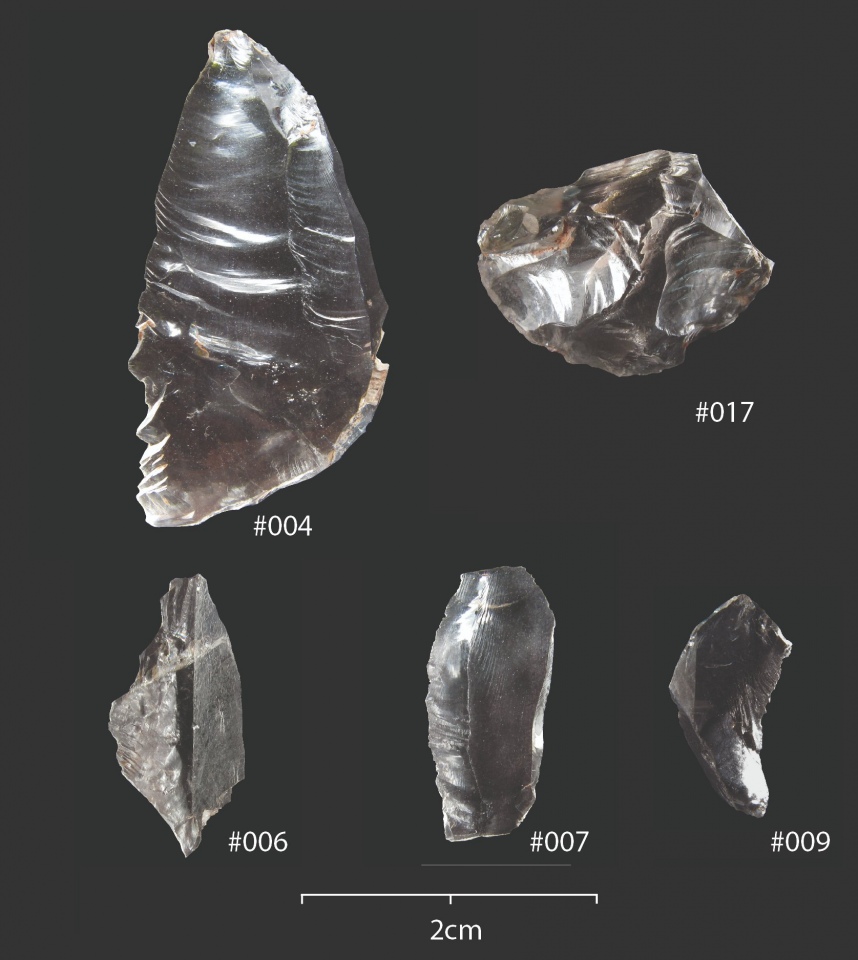
Official Web Site and see the latest Dig Diary
Note: New paper on rock crystal at Dorstone Hill: "Far from being used to make tools, we argue the distinctive material was being used to create distinctive and memorable moments, binding individuals together, forging local identities, and connecting the living and the dead."
You may be viewing yesterday's version of this page. To see the most up to date information please register for a free account.


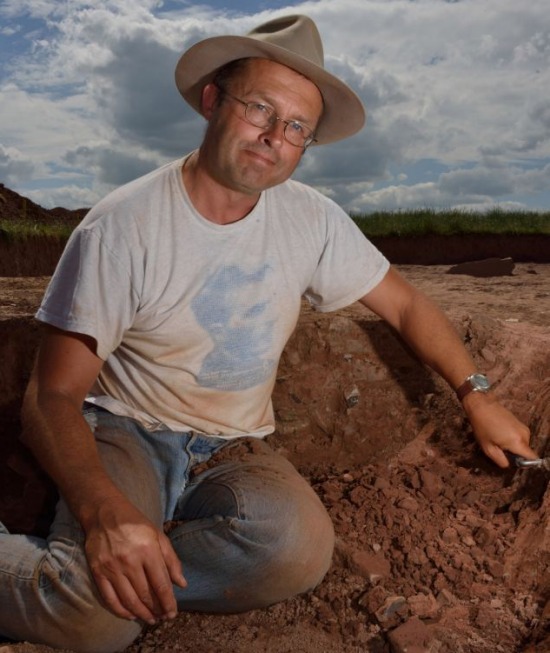
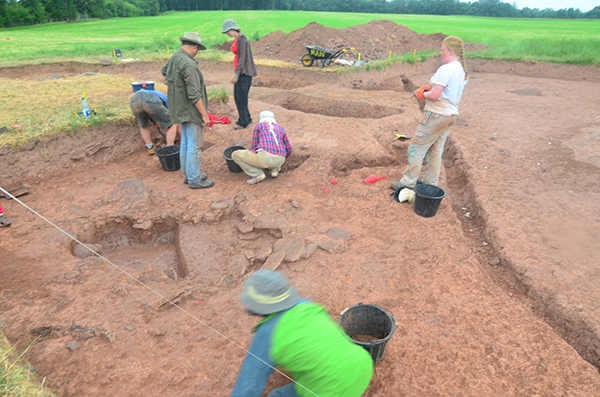
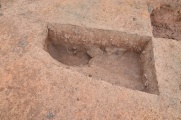
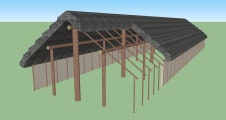

Do not use the above information on other web sites or publications without permission of the contributor.
Click here to see more info for this site
Nearby sites
Key: Red: member's photo, Blue: 3rd party photo, Yellow: other image, Green: no photo - please go there and take one, Grey: site destroyed
Download sites to:
KML (Google Earth)
GPX (GPS waypoints)
CSV (Garmin/Navman)
CSV (Excel)
To unlock full downloads you need to sign up as a Contributory Member. Otherwise downloads are limited to 50 sites.
Turn off the page maps and other distractions
Nearby sites listing. In the following links * = Image available
872m SE 134° Great Llanavon Farm* Long Barrow (SO3322441689)
945m NE 35° Pentre House Standing Stone* Standing Stone (Menhir) (SO33154307)
1.1km NW 318° Arthur's Stone* Chambered Tomb (SO3188843124)
1.8km W 269° The Golden Well (Dorstone)* Holy Well or Sacred Spring (SO30804228)
2.0km N 353° Chapel field Hillfort (SO32404425)
2.4km NNE 21° Bredwardine Church* Carving (SO33484450)
2.4km N 356° The Knapp (Bredwardine)* Ancient Village or Settlement (SO32454467)
3.8km ESE 108° Blakemere Church Stone* Marker Stone (SO362411)
4.4km SE 141° Peterchurch St Peter's Well* Holy Well or Sacred Spring (SO35333880)
4.7km ESE 102° Holy Well (Blakemere)* Holy Well or Sacred Spring (SO37254128)
5.5km SSW 203° Wern Derys* Standing Stone (Menhir) (SO30363726)
5.7km SE 143° Poston Camp Hillfort (SO3598937647)
7.8km NW 311° St Peter's Well, Whitney on Wye* Holy Well or Sacred Spring (SO268475)
8.3km SE 132° Timberline Camp Hillfort (SO387367)
9.2km WSW 246° Twyn-Y-Beddau* Round Barrow(s) (SO2414838610)
9.8km WSW 242° Maes-Coch Chambered Cairn (SO239378)
10.0km WSW 239° Pen Y Beacon* Stone Circle (SO23933735)
10.1km W 269° The Walk Well* Holy Well or Sacred Spring (SO225422)
10.1km W 274° The Monk's Well* Holy Well or Sacred Spring (SO225432)
10.4km WSW 256° Pen-y-Wyrlod* Chambered Tomb (SO22483987)
10.7km SE 142° Dunseal* Round Barrow(s) (SO391338)
11.1km SSW 201° St. Thomas' Well* Holy Well or Sacred Spring (SO28433201)
11.1km E 92° Holy Well (Swainshill)* Holy Well or Sacred Spring (SO43724177)
11.2km S 191° Llanveyno Crosses* Ancient Cross (SO3031131361)
11.2km WNW 287° Crossfoot Farm Standing Stone* Standing Stone (Menhir) (SO21874573)
View more nearby sites and additional images



 We would like to know more about this location. Please feel free to add a brief description and any relevant information in your own language.
We would like to know more about this location. Please feel free to add a brief description and any relevant information in your own language. Wir möchten mehr über diese Stätte erfahren. Bitte zögern Sie nicht, eine kurze Beschreibung und relevante Informationen in Deutsch hinzuzufügen.
Wir möchten mehr über diese Stätte erfahren. Bitte zögern Sie nicht, eine kurze Beschreibung und relevante Informationen in Deutsch hinzuzufügen. Nous aimerions en savoir encore un peu sur les lieux. S'il vous plaît n'hesitez pas à ajouter une courte description et tous les renseignements pertinents dans votre propre langue.
Nous aimerions en savoir encore un peu sur les lieux. S'il vous plaît n'hesitez pas à ajouter une courte description et tous les renseignements pertinents dans votre propre langue. Quisieramos informarnos un poco más de las lugares. No dude en añadir una breve descripción y otros datos relevantes en su propio idioma.
Quisieramos informarnos un poco más de las lugares. No dude en añadir una breve descripción y otros datos relevantes en su propio idioma.